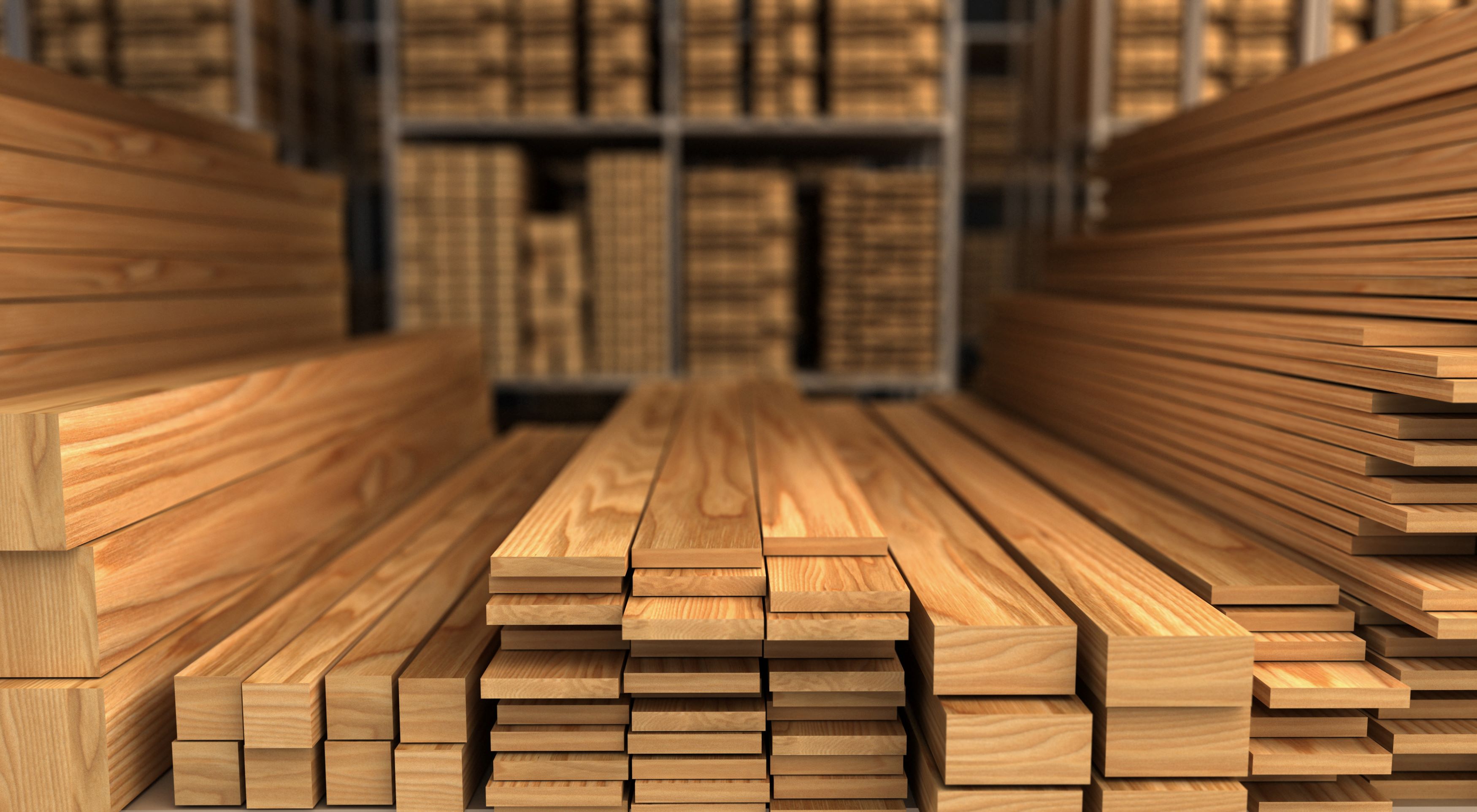
The latest in the IOE&IT Daily Update’s series covering globally traded commodities looks at one of the oldest materials known to humanity: wood.
Wood has been used by people for a range of activities for thousands of years. As well as providing fuel it is a building material, can be used for paper and packaging, and many other products.
The flexibility of wood means that demand remains high globally. Many countries produce wood, although some are better equipped to do so than others.
Different types of wood also lend themselves to different applications and some are more associated with particular geographies and climates.
Global markets
In an assessment of global wood markets to 2030, a report to the Australian government said that international trade in wood products had increased 143% to $244bn between 1990 and 2019.
The largest contributor to this expansion in trade has been economic growth and demand from China, with imports of wood products to China increasing 760% to $49bn.
It predicted global consumption of roundwood is likely to increase by about 10% to 2.2bn cubic metres by 2030, supported by strong economic and population growth in Asia. Similarly, woodchip consumption is also expected to increase by about 40% to 350m cubic metres by 2030.
The world’s top timber producing countries, 2021 were:
US 481,092,992 (cubic metres)
India 296,234,016
China 284,910,024
Brazil 236,422,218
Russia 162,300,000
According to the Observatory of Economic Complexity, wood products were the world’s 16th most traded good in 2021, with a total value of $194bn, representing 0.92% of global trade.
Between 2020 and 2021, exports of wood products grew by 38.4%, from $140bn to $194bn.
In 2021 the top exporters of wood were:
Canada $22.5bn
China $20.5bn
Germany $13.3bn
Russia $12bn
US $9.82bn
The top importers were:
US $36.5bn
China $21.2bn
Germany $12.2bn
Japan $11.1bn
UK $10.3bn
Price jump
Like many commodities, wood saw a pandemic spike due to a surge in home buying and renovation, resulting in prices of lumber rocket from around $400 per thousand board feet in February 2020 to an all-time high of over $1,600 in May of that year.
At one point the US National Association of Homebuilders estimated that the rise in lumber prices had added over $36,000 to the cost of a new single-family home.
Prices have since fallen to rates closer to pre-pandemic but lumber prices jumped by 3% in June to $540 per thousand board feet due to a surprise 21.7% increase in the number of new house starts in the US in May.
In the UK, wood prices have dropped by a third or more in the past year, Forest Research reports.
The Coniferous Standing Sales Price Index was 31.5% lower in the year to March 2023 compared with the previous year. Meanwhile, the Softwood Sawlog Price Index was 34.9% lower.
Ethical issues
Lumber is big business in some of the poorer countries of the world and its production can be linked to a range of issues, including the harvesting of rare or endangered species of both trees themselves and other flora and fauna.
Production also often results in habitat destruction, contributes to climate change and negatively impacts the rights of local peoples.
To combat this, the EU has finalised reforms aimed at tackling deforestation. Traders of commodities – including wood – will have to comply with tougher due diligence requirements or face heavy fines.
Mandatory rules adopted by the European Council in May apply to traders and operators placing or exporting wood, palm oil, cattle, coffee, cocoa, rubber and soy, as well as some derived products, such as chocolate and furniture.
Commodities produced after the cut-off date of 31 December2020 must be “deforestation-free”, with traders required to trace commodities back to the plot of land where they were produced and carry out a risk assessment of any potential exposure to forest destruction.
Fingerprinting trees
New technology that claims to be able to fingerprint wood could help in the fight against illegal deforestation.
More than a quarter of global forest loss is driven by commodity production, including logging wood, but independently verifying origins of the wood in finished products is difficult.
Researchers claim technology can be up to 98% accurate in tracing where wood came from.



